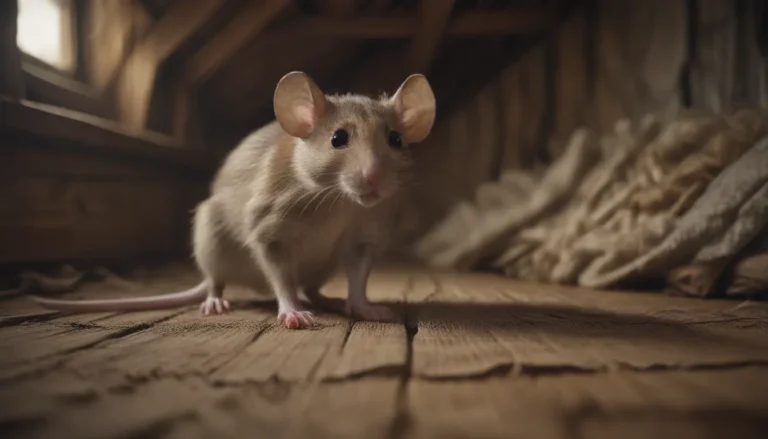Understanding Why Clothes Shrink in the Wash

Have you ever experienced that sinking feeling when you pull your favorite garment out of the dryer only to find that it has shrunk? It can be frustrating and disheartening to think that you may have ruined a beloved piece of clothing. While it’s easy to blame the dryer, there are actually several reasons why clothes shrink in the wash. Understanding these reasons can help you prevent shrinkage and extend the life of your favorite clothes.
What Is Garment Shrinkage?
Garment shrinkage is the process in which the dimensions of a fabric reduce, causing the fabric to become smaller than its original size. This can happen either widthwise, lengthwise, or both, usually as a result of the laundry or washing process. Shrinkage can cause clothes to become shorter, tighter, or less bulky, affecting the fit and overall appearance of the garment. It can also lead to issues such as seam puckering, torquing (pull or hang of fabric), and decorative stitching distortion. Understanding why fabrics shrink can help you take the necessary precautions to prevent it.
Causes of Clothing Shrinkage
There are several processes that can cause clothing to shrink, including felting, relaxation, consolidation, and contraction. It’s important to note that different fabrics may be more susceptible to certain types of shrinkage. Here’s a breakdown of each cause:
- Felting: Felting occurs most commonly with clothing made of animal hair fibers like wool or mohair, which have microscopic scales along their surface. When exposed to moisture and excessive heat, these scales can collapse and mesh together, causing the fibers to shorten in length.
- Relaxation: Relaxation shrinkage happens with fabrics made of organic yarns that have been stretched or put under tension during the weaving process. When the fabric is washed in warm or hot water, the threads tend to recover their natural curliness, causing the garment to shrink.
- Consolidation: Consolidation shrinkage is due to the mechanical beating that fabrics undergo during the washing and drying process. This action softens and compresses the fibers, forcing them closer together.
- Contraction: High dryer heat can force out the natural moisture found in fibers, causing them to contract. Fabrics like cotton and wool have higher moisture levels, making them more prone to shrinkage.
How Fabric Type Affects Shrinking
The type of fabric plays a significant role in how susceptible a garment is to shrinking. In general, fabrics made from natural plant or animal fibers like wool, cotton, linen, and silk are more likely to shrink, especially when washed and dried at high temperatures. Synthetic fabrics such as polyester, nylon, and acrylic are less prone to shrinkage, but extreme heat can still cause them to shrink to some extent. Here’s a breakdown of how different fabrics are affected:
- Wool and Mohair: Highly susceptible to felting shrinkage due to their scale-like construction.
- Cotton: Prone to relaxation shrinkage, especially if not prewashed before purchase.
- Linen: May experience consolidation shrinkage due to the mechanical beating during washing.
- Silk: Can shrink when exposed to high temperatures, as it is a delicate fiber.
- Synthetics: Less likely to shrink, but can still be affected by high heat.
- Knitted fabrics: Can shrink due to the stretching and compression of fibers during washing and drying.
Prevention Tips
To help control shrinkage and prolong the life of your clothes, follow these prevention tips:
- Always follow the care labels on clothes, as they are designed with the garment’s fibers in mind.
- Pay attention to labels that indicate a piece is “pre-shrunk,” as this means the fabric has already been shrunk before construction.
- Choose cold water washes to minimize shrinkage, especially for natural fibers like cotton and wool.
- Air dry garments whenever possible, or use the lowest heat setting on your dryer.
- Consider the type of washing and drying machine you use, as some machines can be gentler on clothes and less likely to cause shrinkage.
Restretching Shrunken Clothes
If a garment has already shrunk, there are methods you can try to restore it to its original size:
- Soaking the garment in water mixed with a small amount of baby shampoo can help relax the fibers.
- Stretching and blocking the garment as it air-dries on absorbent towels can help reshape the fabric.
- Hanging a shrunken sweater on a padded hanger while wet can help it stretch out as it dries due to gravity.
By understanding the causes of clothing shrinkage and taking proactive measures to prevent it, you can keep your favorite garments looking great for longer. Remember to care for your clothes properly and follow these tips to minimize shrinkage and maintain the quality of your wardrobe.





